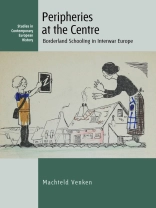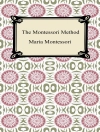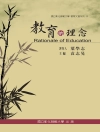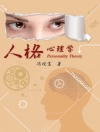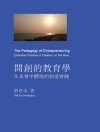Following the Treaty of Versailles, European nation-states were faced with the challenge of instilling national loyalty in their new borderlands, in which fellow citizens often differed dramatically from one another along religious, linguistic, cultural, or ethnic lines. Peripheries at the Centre compares the experiences of schooling in Upper Silesia in Poland and Eupen, Sankt Vith, and Malmedy in Belgium — border regions detached from the German Empire after the First World War. It demonstrates how newly configured countries envisioned borderland schools and language learning as tools for realizing the imagined peaceful Europe that underscored the political geography of the interwar period.
表中的内容
List of Illustrations
Acknowledgements
List of Abbreviations
Introduction
Chapter 1. Schools, Language and Children during the First World War
Chapter 2. A Framework of Comparison
Chapter 3. Making the Border
Chapter 4. Scaping the Border
Chapter 5. A Universal Childhood
Conclusion
Appendix: Belgian and Polish Governments and Ministers Responsible for Education
Bibliography
Index
关于作者
Machteld Venken is Professor of Contemporary Transnational History at the Centre for Contemporary and Digital History of the University of Luxembourg. She is the author of Straddling the Iron Curtain? Immigrants, Immigrant Organisations, War Memories (2011) and editor of The Dissolution of the Austro-Hungarian Monarchy: Border-Making and Its Consequences (2020).
